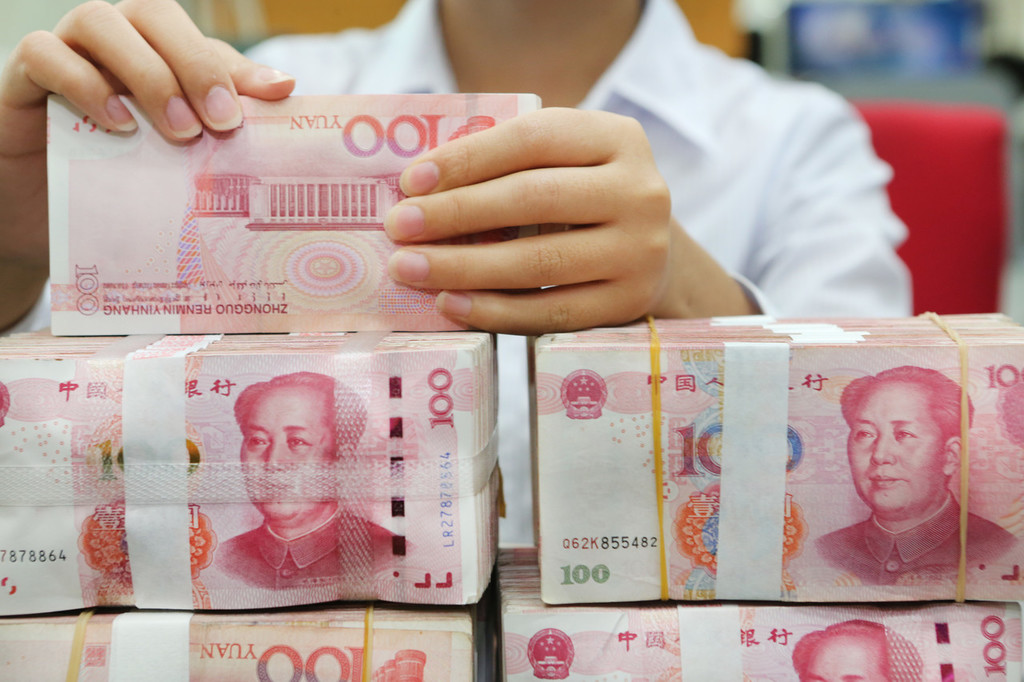
A Chinese clerk counts renminbi yuan banknotes in Nantong, East China's Jiangsu province. (Photo: IC)
The World Bank maintained its prediction of China's economic growth at 6.1 percent this year in its updated research in December, unchanged from the previous forecast released in October, although the moderate industrial growth and external risks may add slowdown pressure in the short term.
China's growth is estimated to stay at 6.1 percent in 2019, before moderating to a projected rate of 5.9 percent in 2020, the December 2019 edition of its China Economic Update said on Thursday. The GDP growth slowed to 6 percent year-on-year in the first three quarters, down from 6.6 percent in 2018.
The external risks, which include a sharper-than-expected slowdown in major economies, particularly in parts of Europe, and weaker global trade and investment, could also add headwinds on the world's second-largest economy. Thus, a permanent resolution of bilateral trade tensions would be essential, said the World Bank.
In a short term, domestically, the growth may suffer from the potential adverse effects of financial de-risking, given its asymmetric impact on private sector financing and the risk of a disorderly unwinding of excessive leverage, the Bank explained.
A more accommodative policy stance in China has helped to mitigate some effects of the weakening industrial growth and cooling domestic and external demand, which are the major reasons that have decelerated the overall economic growth, according to the World Bank's report.
Despite the downside pressure, the consumption growth has remained relatively resilient, supported by robust growth in real disposable income. Net exports also made a positive contribution to growth, reflecting the large contraction of import volumes, which more than offset the decline exports, the report said.
"Policies need to be carefully balanced to reduce cyclical risks to growth while staying the course on the necessary deleveraging of the economy," said Martin Raiser, World Bank country director for China. "This may require tolerating slower but safer growth in the short term."
"If downside risks lead to a sharp reduction in growth, the authorities have policy space to act, but this needs to be done in a way that is consistent with the desired rebalancing of the economy toward consumption, services, and private investment and with reducing financial and corporate sector risks," Raiser said.
For the medium to long term, the structural rebalancing - from a credit-fueled and investment-led economy toward one which relies more on domestic consumption, services, private-investment, and productivity, should be pushed forward. And the market will need to play a more decisive role in allocating resources.
Sebastian Eckardt, World Bank lead economist for China, said, "Sustained and deep structural reforms are necessary to stabilize potential growth and rebalance the economy, including measures to strengthen market competition and remove constraints to private sector investment in non-strategic sectors, especially services. This would boost China's long-term growth prospects, support investor confidence, and help diffuse bilateral trade tensions".


